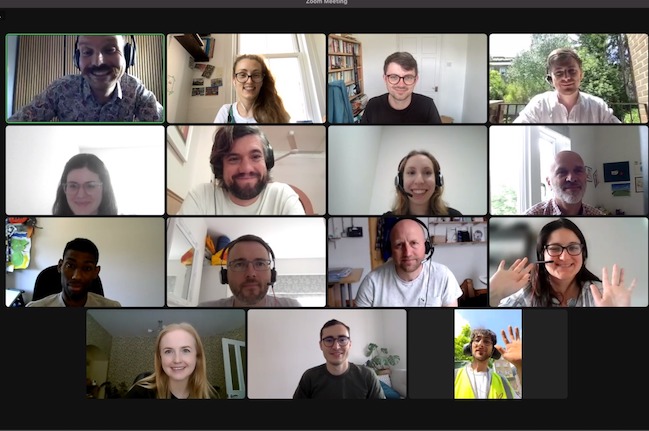Today we held the third session for Cohort 2 at the Regenerative Design Lab (RDL).
Our monthly online sessions offer a platform for participants to discuss and digest the reflective work they’ve engaged in over the past month. Additionally, in these sessions we host skill development activities designed to bolster our understanding of regenerative practices.
Continue reading “Systems Mapping and Abundance Thinking: A Glimpse into RDL Cohort 2 Session 3”
